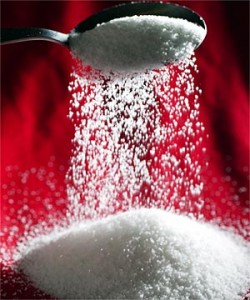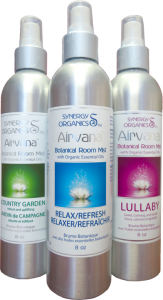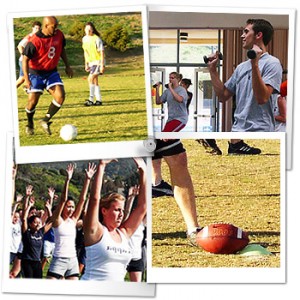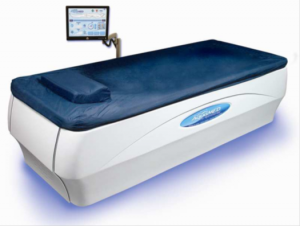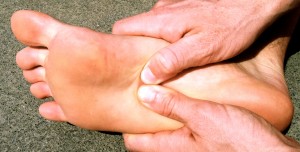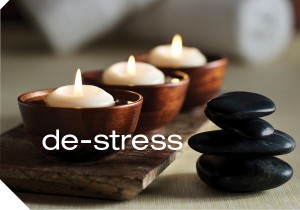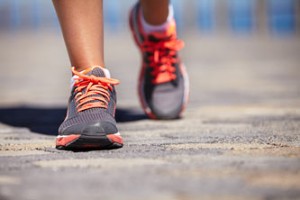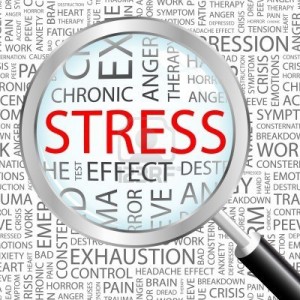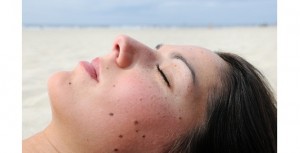 Here are the facts about the ABCDEs of Melanoma. Part of good sun prevention and protection is checking your body for changes in moles at least once a year. Moles, brown spots and growths on the skin are usually harmless – but not always.
Here are the facts about the ABCDEs of Melanoma. Part of good sun prevention and protection is checking your body for changes in moles at least once a year. Moles, brown spots and growths on the skin are usually harmless – but not always.
Anyone who has more than 100 moles is at greater risk for melanoma. That’s why it’s so important to get to know your skin, so that you can recognize any changes in the moles on your body.
Look for the ABCDEs of melanoma, and if you see one or more, make an appointment with a physician immediately.
Asymmetry If you draw a line through this mole, the two halves will not match.
Border The borders of an early melanoma tend to be uneven. The edges may be scalloped or notched.
Color Having a variety of colors is another warning signal. A number of different shades of brown, tan or black could appear. A melanoma may also become red, blue or some other color.
Diameter Melanomas usually are larger in diameter than the size of the eraser on your pencil (1/4 inch or 6 mm), but they may sometimes be smaller when first detected.
Evolving Any change – in size, shape, color, elevation, or another trait, or any new symptom such as bleeding, itching or crusting – points to danger.
Many sunscreens only protect against UVB rays, but to be protected against both UVA and UVB rays, look for a ‘broad spectrum’ sunscreen or products that contain zinc oxide or titanium dioxide.
Aside from skin cancer, the sun’s UV rays also cause:
- Premature aging: Signs of premature aging include wrinkles, mottled skin, and loss of skin’s firmness.
- Immunosuppression: Weakening of the body’s ability to protect itself from cancer and other diseases.
- Cataracts / macular degeneration: Macular degeneration, for which there is no cure, is the leading cause of blindness in people aged 65 and older.
Remember to check your birthday suit on your birthday for moles, brown spots and growths! Skin cancer is very treatable when caught early.

